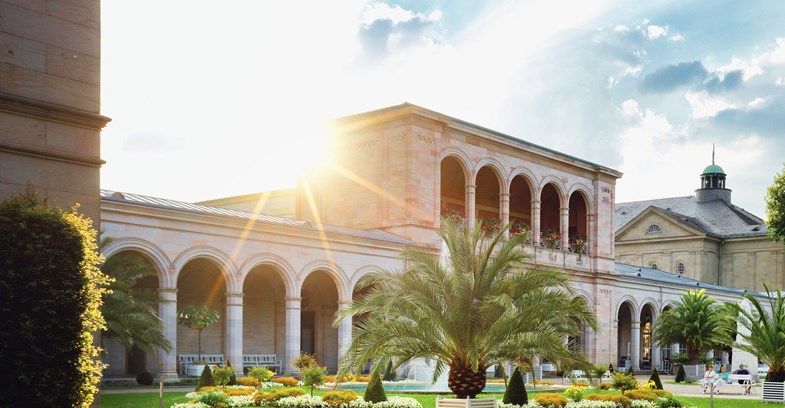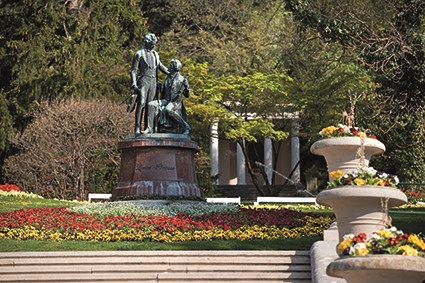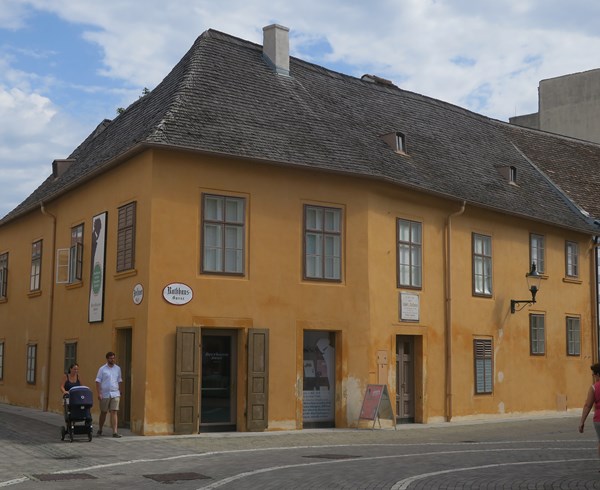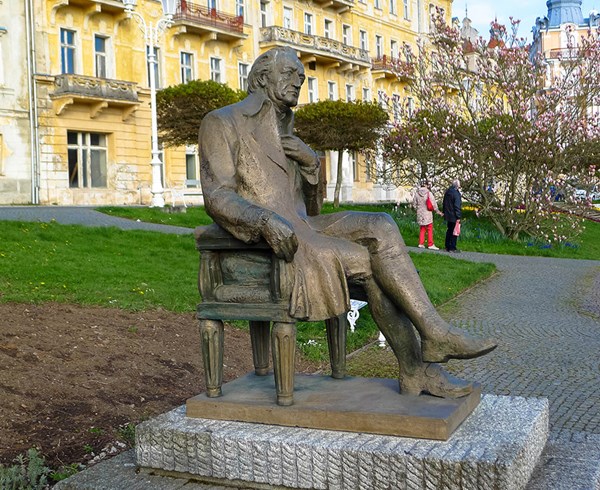Internationalism, scientific, artistic and literary values, events and cultural tradition
The Great Spa Towns of Europe can be viewed as ‘culture-creating’ resorts: in terms of science (medicine, geology and hydrology); high-art (music, literature and painting); and a cultural tradition that is the foundation of modern tourism.
At their scientific core, spa doctors, physicians and balneologists brought forward advances in medicine, medical diagnostics and analytical chemistry of world significance.
The Great Spa Towns of Europe attracted an unusual and exceptional concentration of leading artists, composers and musicians, writers and poets who found inspiration and a congenial place in which to work and perform. Many of Europe’s cultural elite made the spa towns their regular home for the season and they can still be seen today, sometimes depicted in casual dress as befits the spa setting, in statues and memorials in squares promenades and parks.
These popular, fashionable, ambitious, trend-setting and high capacity resorts with high standards of hospitality became important centres for diplomatic activity that helped to shape modern Europe. Hotels and palatial villas, the conference centres of their time bear testimony to historic events that changed the world, and it is this unique combination of attributes that highlights this group of spa towns as being particularly special.
Internationalism
Internationalism was omnipresent in the “Cafés”, “Salons” and “Summer Capitals” of Europe, which had become neutral places, a network of cultural coexistence that avoided the vagaries of politics and which was characterised by and ease with which ideas and people flowed across geographical boundaries.
Internationalism in the Great Spa Towns was displayed in many ways:
- Magnificent and luxurious architecture where all the international trends in architecture were able to blossom;
- Buildings that belonged (and still belong) to international communities – from religious buildings to international hotels and villas catering to international visitors and residents (international papers were often available in the hotels too);
- Parks and gardens where English and later Swedish designs were implemented and were international sports were played and international tournaments became part of the spa calendar;
- The spas network contributed to a dense network of international railways;
- The spoken language was commonly multi-lingual, essential for the quality of welcome and hospitality to a cosmopolitan clientele – and this was also true for guidebooks, publications and papers. Foreign money was routinely accepted and post offices were essential.
Resort actors shared a very early circulation of ideas, habits, medical innovations and architectural innovations. As resorts, the Great Spa Towns of Europe contributed substantially to the foundation of modern mass tourism. From the architect to garden designer, and from the casino to the music pavilion, the Great Spa Towns of Europe became important vectors of transnational cultural transfer.




